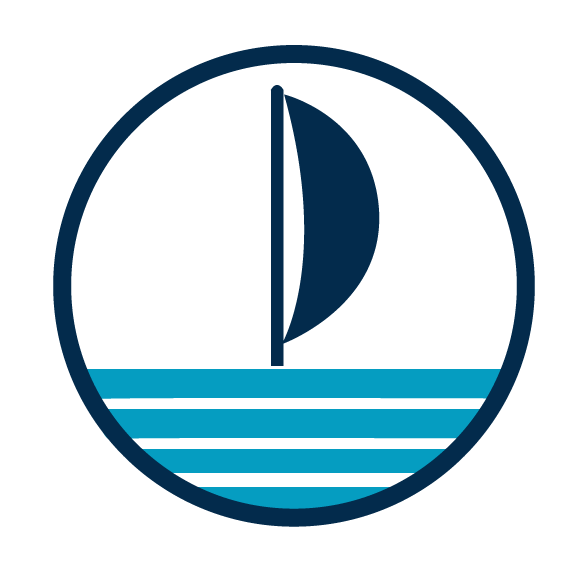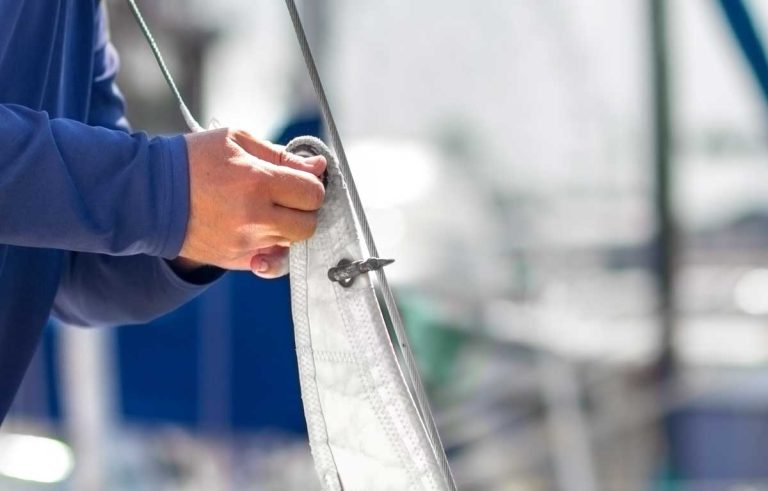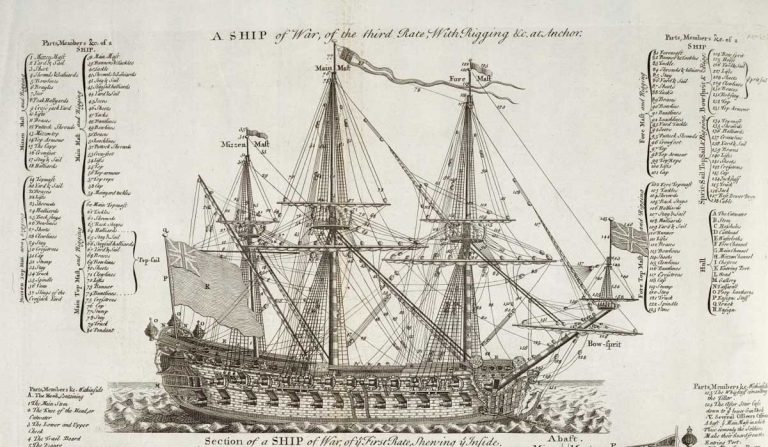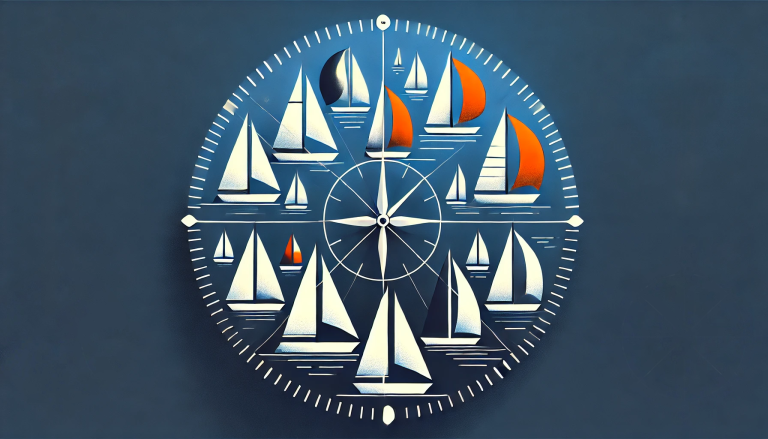Charting Your Course: The Best Ways to Learn Sailing
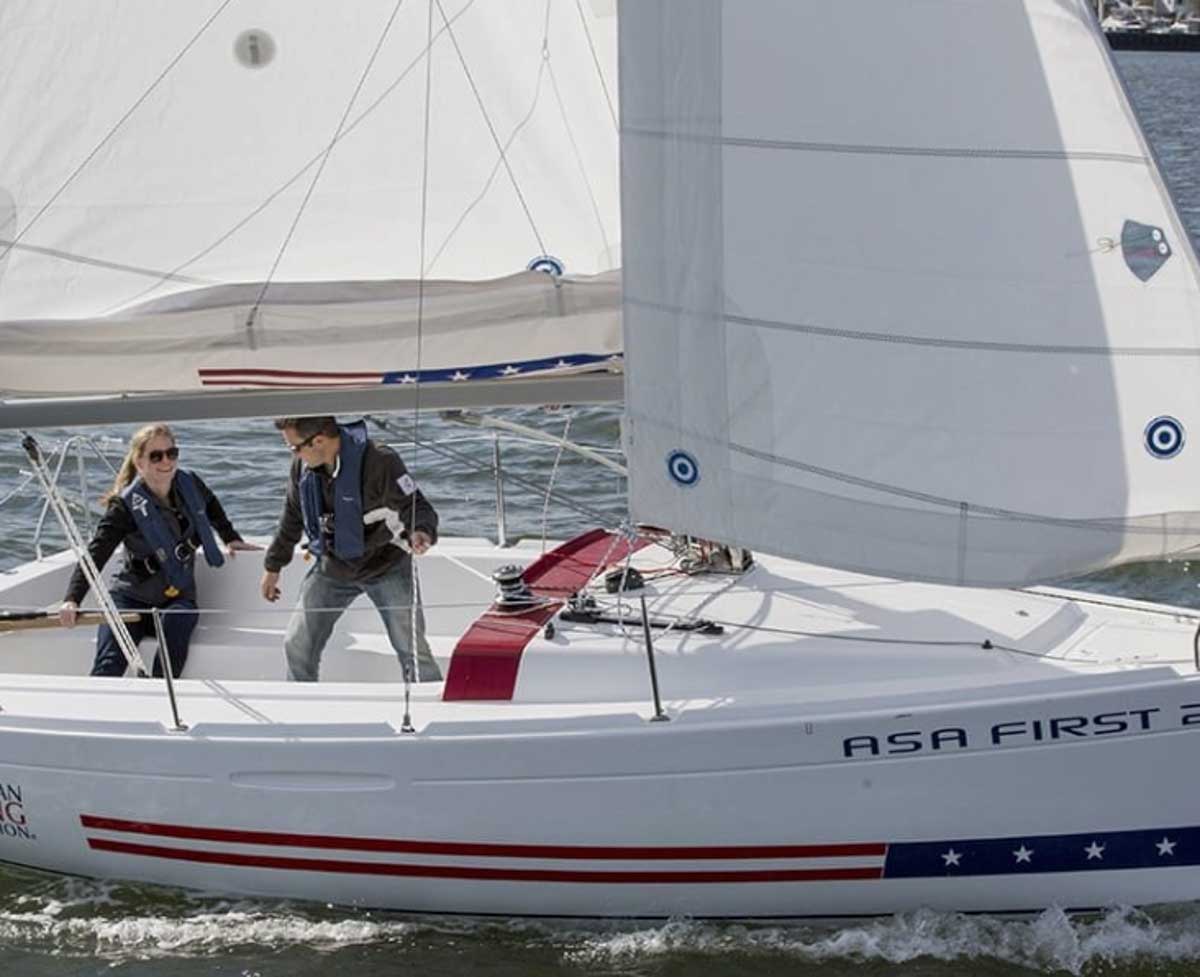
People arrive at sailing via many routes. Some grow up on the water, learning from family, friends, or summer camp counselors. Others pick it up later in life, learning from sailing friends or taking formal classes.
I learned through a combination of sailing with friends and taking classes, and if you are an adult just getting started, I recommend this as a way to test the waters.
The nice thing about sailing with friends is that you can see if you even like sailing and, assuming you do, learn some basic skills that will prepare you well for formal training. If you don’t have any friends who can take you sailing, taking a class or joining a sailing club is a great way to get started.
Why get formal training? There are several good reasons, but I’ll highlight two here. The first is safety. Sailing, by and large, is a very safe activity, and proper training and precautions can reduce the risks even further. Learning solid skills from a qualified instructor makes sailing more fun and safer.
The other reason to take lessons is that they allow you access to boats. Most marinas and clubs that rent boats will ask you to prove that you know how to sail, and the most straightforward way of doing that is to show them evidence that you’ve taken classes.
One major reason I took my basic ASA sailing 101 class with a local San Diego sailing club was that they waived their upfront club membership fee when I paid for the course, which gave me a straightforward path to renting their boats.
As I said, their are multiple ways to get into sailing. Here’s a breakdown of how to go about it:
Sail with Friends
If you know someone who sails, ask them to take you along. Many experienced sailors are happy to share their passion and knowledge and also happy to have crew on board, even if it takes a little education on their part to get you up to speed. My wife and I had a friend who took us sailing for the first time, which planted the bug that eventually led to me taking a course and sailing on my own.
It probably goes without saying, but your good friend isn’t necessarily a good sailor or a good teacher – ours was, but it can be a crap shoot. If you plan to skippering a boat yourself, there is no substitute for formal training, which leads us to the next section.
Take a Sailing Course
Enrolling in a sailing school or taking lessons from a certified instructor is one of the most structured and effective learning methods. Many marinas, sailing clubs, and organizations like the American Sailing Association (ASA), U.S. Sailing, Sail Canada, and Royal Yachting Association (RYA) in the UK offer beginner courses that teach basic skills, safety, and navigation. You can go through these organizations’ websites to find classes near you.
When I reached the point that I wanted to rent and skipper boats myself, I took the ASA 101 Keel Boat Sailing 1 course through a local sailing club. Marinas and clubs that rent boats will want to know that you understand the basics of handling a boat, and an ASA certification is a straightforward way of building those bone fides.
For what it’s worth, in the US the ASA has the reputation of being the recreational sailors association, while US Sailing is more focused on the sport of sailing. That said, I can’t speak to whether US Sailings basic courses are more racing focused.
Join a Sailing Club
If you want to learn in a more social setting, joining a sailing club can be a great option. Clubs often organize group outings, and experienced sailors are usually happy to show beginners the ropes—literally. A few options on this front are:
- Community Sailing Clubs: Many clubs offer memberships that include access to lessons and boats.
- Crew Finder Programs: Some clubs or marinas have crew finder boards, where skippers post opportunities for newbies to join as crew members.
- Regattas and Races: Many clubs run casual races, often looking for new hands to help crew the boats.
It’s worth noting here that there are a wide range of things that might be called “sailing clubs.” Some are more community-focused and possibly non-profits. Others are businesses that mostly exist to make money. Both can be helpful in your sailing education, but enter into the situation clear-eyed and understanding the organization’s mission. For a non-profit, it may be to build a community of like-minded sailors. In others, it may be to rent or sell you a sailboat.
Crew on Other People’s Boats
Many sailors are looking for crew members, even if you’re a beginner. Joining a sailing club is a way to find out about these opportunities. This is a fantastic way to learn from experienced sailors while getting hands-on experience. Websites like CrewSeekers or local bulletin boards at marinas often list opportunities to crew.
Books on Sailing
Numerous books cover everything from basic maneuvers to advanced sailing techniques. Combining theoretical knowledge with practical experience can accelerate your learning. Personally, I like reading books to help round out the knowledge I learn through formalized training.
There are many excellent books that can help you understand the fundamentals of sailing:
“The Complete Sailor” by David Seidman: A comprehensive and highly accessible guide to learning the basics.
“Sailing for Dummies” by J.J. Isler: An approachable and easy-to-follow introduction for beginners.
“The Annapolis Book of Seamanship” by John Rousmaniere: A detailed, authoritative book that covers all aspects of sailing.
ASA Sailing Made Easy & Coastal Cruising Made Easy: These are the official textbooks for ASA 101 and ASA 103 courses. They provide clear instructions on sailing techniques, navigation, and seamanship.
Apps and Simulators
Those of us learning to sail nowadays are fortunate that there are many ways to learn using computer simulations and apps.
Sailing Simulators: Programs like eSail and Sailaway let you experience realistic sailing conditions in a virtual environment.
Sailing Education Apps: Some apps teach sailing theory, rules of the road, and how to tie knots, such as Knots 3D for learning practical knots.
Navigation Apps: While not necessarily education tools, modern marine navigation apps, such as Navonics and iBoating are helpful in learning to navigate lakes and coastal waters much easier.
Online Resources
I’m a big fan of learning through self-directed study. The internet offers a wealth of sailing knowledge, and it’s a great way to pick up tips and tricks or see demonstrations. The caveat, as with all community-generated content and even so-called experts, is to approach it with some skepticism. Many online influencers lack the necessary experiences or credentials to provide reliable information.
That said, I’ve learned a lot from people sharing guidance online via blogs, forums, and YouTube and while I always approach it with a grain of salt, I think it’s a great way to learn.
Conclusion
This mix of resources will help you build a strong foundation in sailing and guide your progress from a beginner to an experienced sailor. Whether you’re learning from a book, joining a sailing community, or watching online tutorials, there’s plenty of support out there to get you started.
